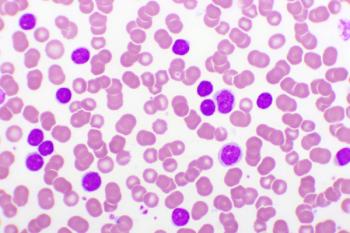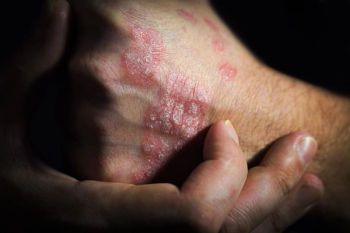
Dr Robert Sidbury Reviews Novel Topical, Systemic Therapies for Pediatric Atopic Dermatitis
Robert Sidbury, MD, MPH, chief, Division of Dermatology, Seattle Children's Hospital, provides an overview of recent approvals and indications under consideration for the treatment of pediatric atopic dermatitis.
There are several nonsteroidal topical medications and systemic therapies that are either approved or under consideration for the treatment of pediatric
Transcript
Looking ahead, what are some novel therapeutic innovations in the management of pediatric AD?
In 2017—so new-ish—there was a new nonsteroidal agent called
There's a new medication called
And then, not 1, not 2, but 3 new systemic medications approved. Two JAK inhibitors, oral agents, which are taken. One is called
So, we're gonna have to be a little bit more cognizant of safety. There's going to be a fairly daunting boxed warning associated with those 2 JAK inhibitors, but a really nice option to have for the more severe end of the spectrum of our patient population. And then a medication called
So, I called 2017 “new-ish” before, well,
Originally approved for just adults, then down to 12, now down to 6 years of age, studies ongoing down to 6 months of age. So I wouldn't be surprised if in the next few months dupilumab is approved, probably not down to 6 months of age, just because there were only 11 patients in that study that were less than 2 years of age, but likely down to 2 years of age. So, really cool advancement with that medication.
Tralokinumab is another similar biologic medication, instead of blocking IL-4 [interleukin-4] and IL-13 signaling, it's IL-13 specifically. And, again, really exciting medication to have just to really expand the options, because whether it's insurance issues causing access for one or another medication, whether it's intolerance of a certain medication, or a medication just doesn't work for certain patient, instead of saying, ”Oh gosh, well, that's the only one we have other than prednisone.” Well, now that this biologic didn't work, let's try that JAK inhibitor.
Your child can't take shots. Well, here we now have an oral option. Blood draws are a problem, well, yeah, the oral options are nice, but you have to do blood draws. The shot, once a month, once every other week, no more than that—no blood draws. So, all of these things that we weigh when we decide the best medication for any one patient, but boy, what a lovely thing to have options.
Newsletter
Stay ahead of policy, cost, and value—subscribe to AJMC for expert insights at the intersection of clinical care and health economics.









































